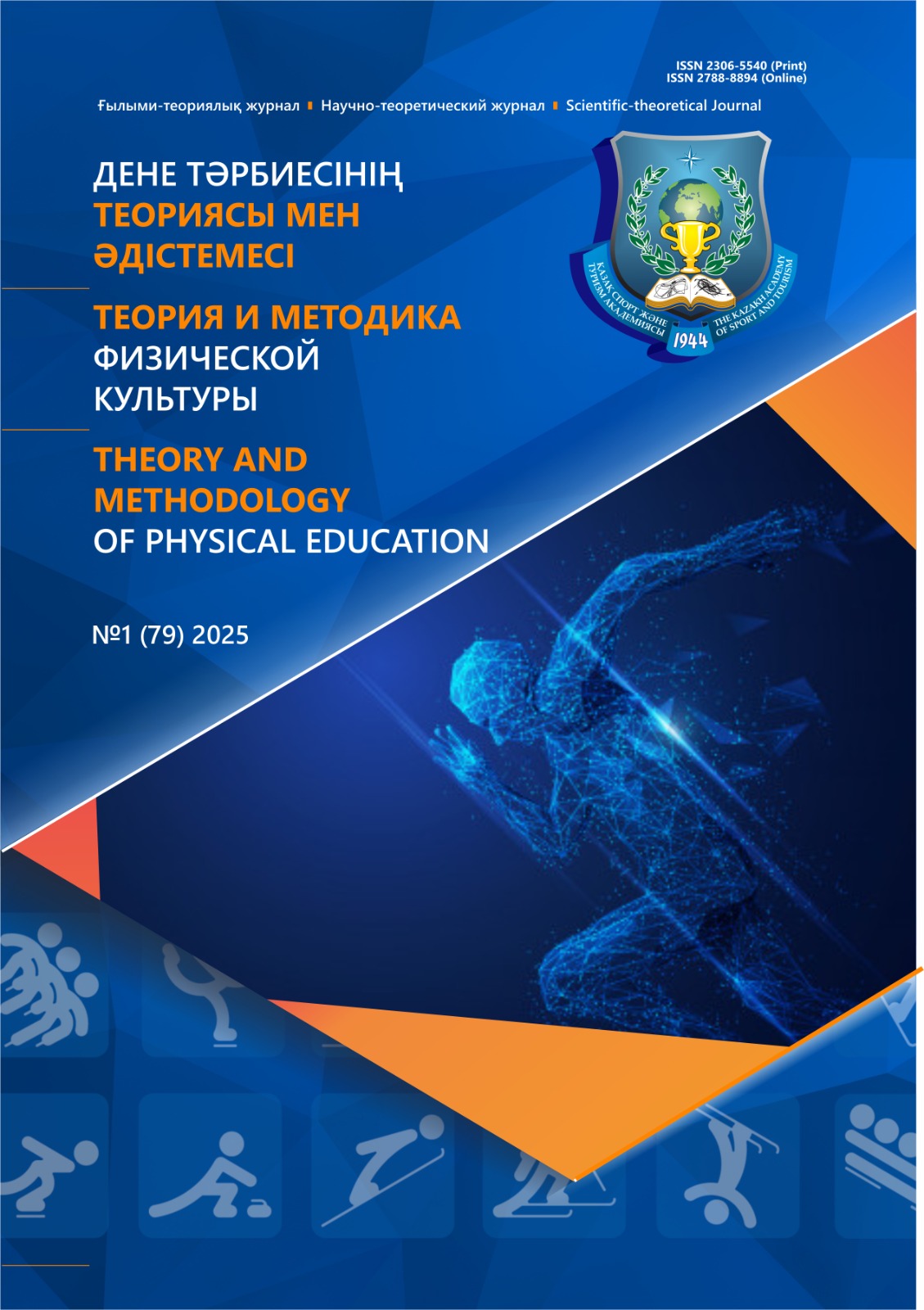Application of adaptive physical education in working with children with autism spectrum disorder in Kazakhstan: pilot study
DOI:
https://doi.org/10.48114/2306-5540_2025_1_44Keywords:
inclusive education, autism spectrum disorders, social adaptation, skills development, teaching methods, psychological and pedagogical featuresAbstract
This article explores the application of adaptive physical education (APE) in working with preschool children (ages 5–7) diagnosed with autism spectrum disorders (ASD). The aim of the study is to develop and test a correctional model based on physical games incorporating tennis elements. A pilot experiment involved seven children assessed using the GARS-3 scale. The findings revealed a slight but positive effect of APE on reducing stereotypical behaviors, enhancing social interaction, and increasing motivation to participate in activities. The most pronounced improvements were observed in emotional regulation and cognitive style. The model comprises three phases: initial diagnosis, regular play sessions, and a final evaluation of progress. The novelty of this approach lies in viewing physical activity not only as a means of promoting health but also as a key component in the correctional work with children who have ASD. Over the six-month course, a positive trend in motor and communication skills was recorded. These findings could provide a basis for further refinement of APE programs aimed at comprehensive support for preschoolers with ASD.


